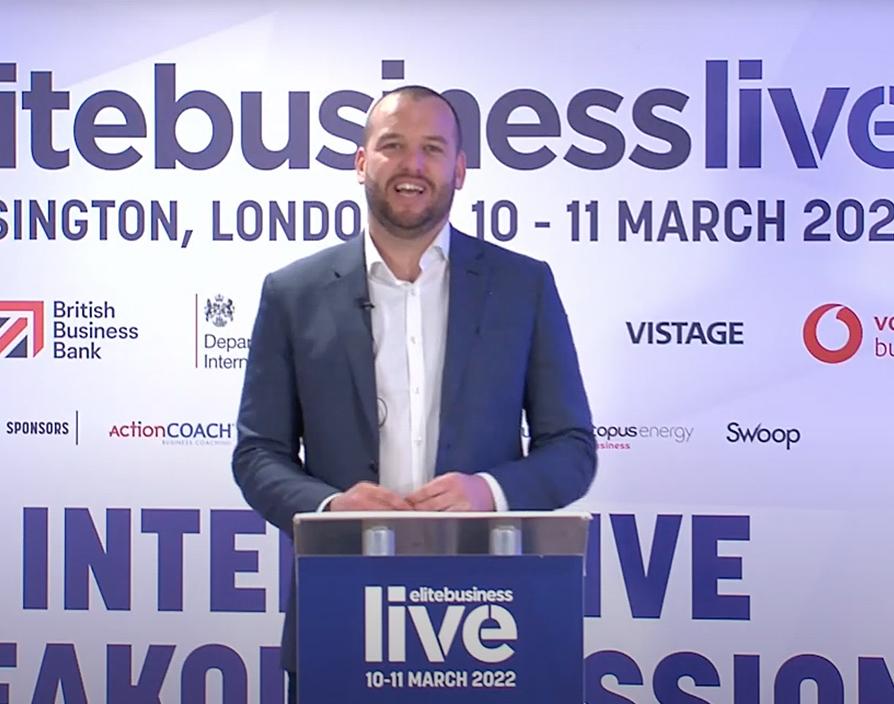Phil Ball, a High-Performance Coach with 15 years of experience at ActionCoach, took to the stage for the first day of Elite Business on 11 March in a breakout session and spoke about how to increase your profits your business, revealing a simple step-by-step process to generating more sales and growth for your start-up.
If you think growing your business is all about sales, it really is all about profits. Maximising your profits should always be one of your main goals. The sure-fire answer to generating more profits is to think about gaining more customers. However, this isn’t always the case. There are several other different components – and these include your number of leads, conversion rates, customers, number of transactions, average pound sale, revenue and profit margins, Phil said. “Most of us out there, we know these three items within our business,” he explained. We know how many customers we have, that’s normally a given. We also know what the revenue is, if we’re looking at our bank every month, day or week, we know what the revenue is in that business. We know what the profits are, and what we take home right at the end of the day when we paid all our bills and suppliers. We know those three key areas. The interesting point to this is they’re really important, However, there is a framework we need to build in just before we get to those numbers – and how we impact those numbers.”
A business lead is a person or business who is interested in the product or service you sell. But what you need to really think about is your conversions. How many of them end up buying your product or becoming your clients? “It’s never been easier to invest in all sorts of different strategies to build that lead generation mechanic,” Phil said. “Then it’s about converting them into paying customers. It’s something that we all really enjoy, it’s that customer coming across and investing in our business or service and getting all the great value that you provide out there to the marketplace.
Once you manage to get that sale or client, you need to think about the number of transactions per customer. How many times is that particular customer buying your product or engaging in your services? And also, how much is the customer investing in your business? “Once they’ve become a customer, where do we go next?” Phil asked. “We go into the number of transactions. So, how many customers that we’ve got in the business? We’re going to times that by how many times they transact in your business. If we don’t know that number right now, is that an important number for us to start measuring? It’s vital to measure it. We’re talking about the average pound sale. How much are they investing in your product or service?”
After calculating this, you get your revenue. You then you times your revenue by your profit margin. Profit margin is a measure of profitability. It is calculated by finding the profit as a percentage of the revenue. Gross Profit Margin is calculated as gross profit divided by net sales. “This takes us to the revenue. It’s absolutely essential what happens before that,” Phil added. “We times that number on our profit margins and that is going to give us what profit we make.” https://www.podbean.com/player-v2/?i=6jkba-12b83bc-pb&from=pb6admin&share=1&download=1&rtl=0&fonts=Arial&skin=1&font-color=auto&logo_link=episode_page&btn-skin=8
Share via:


















































